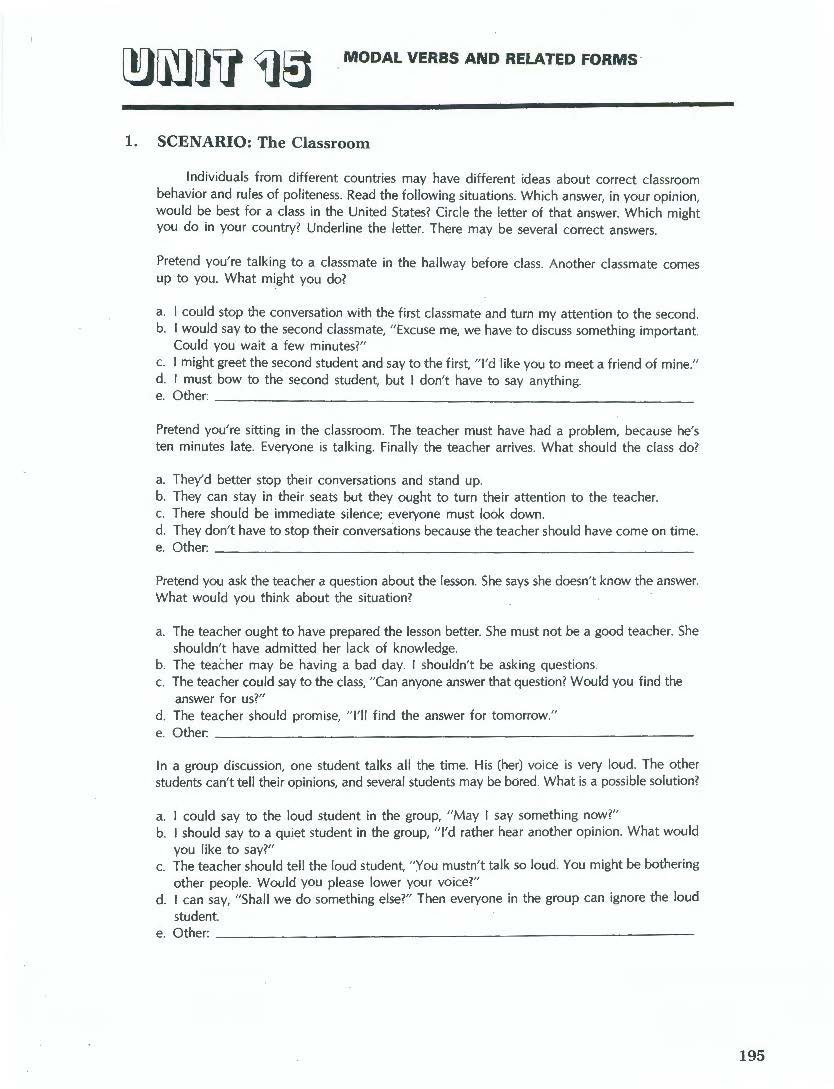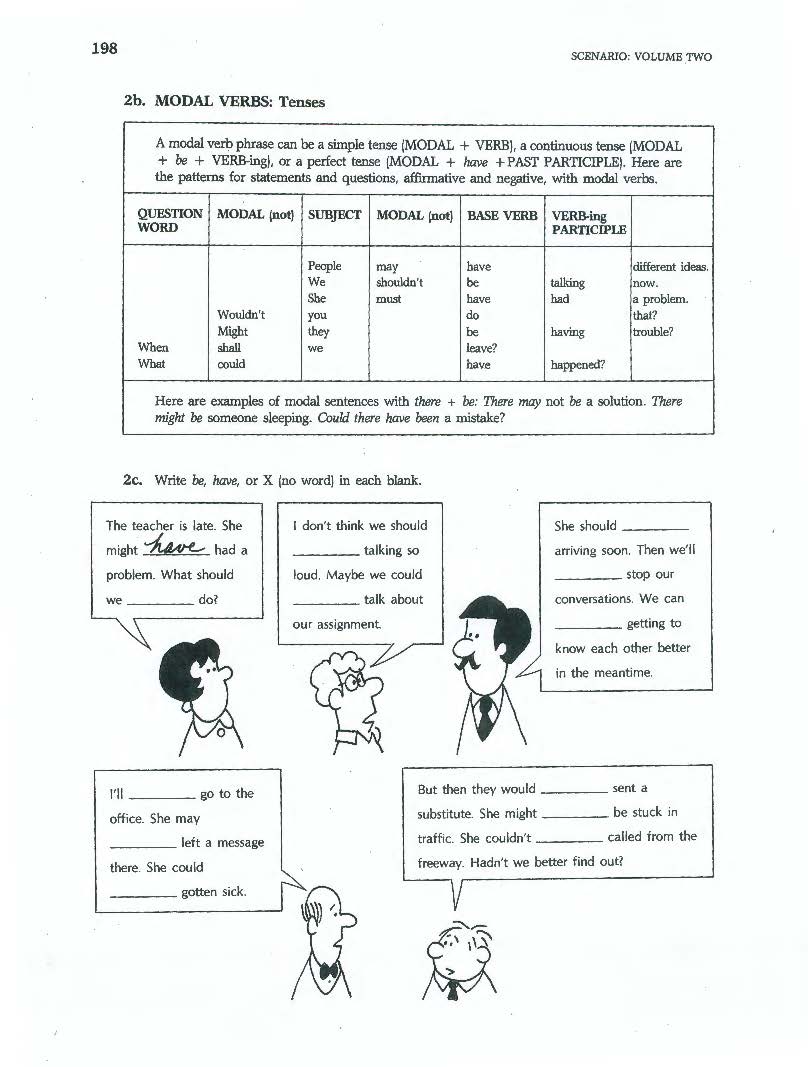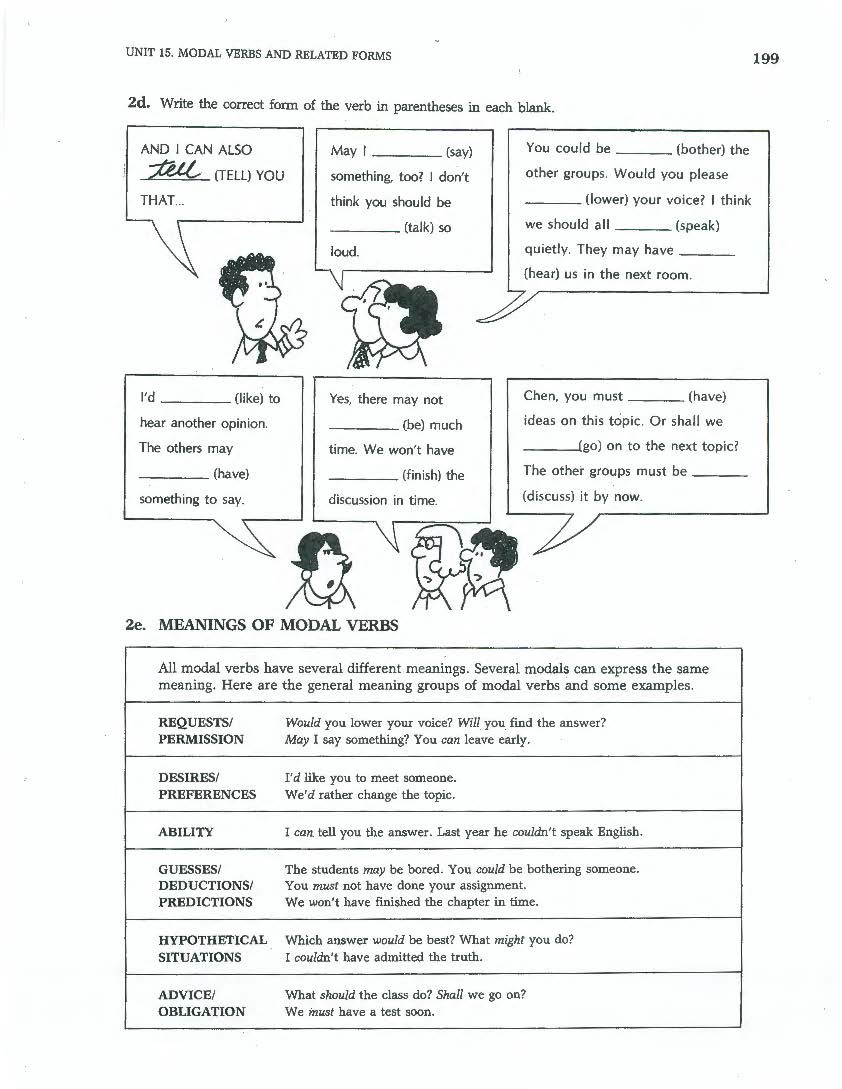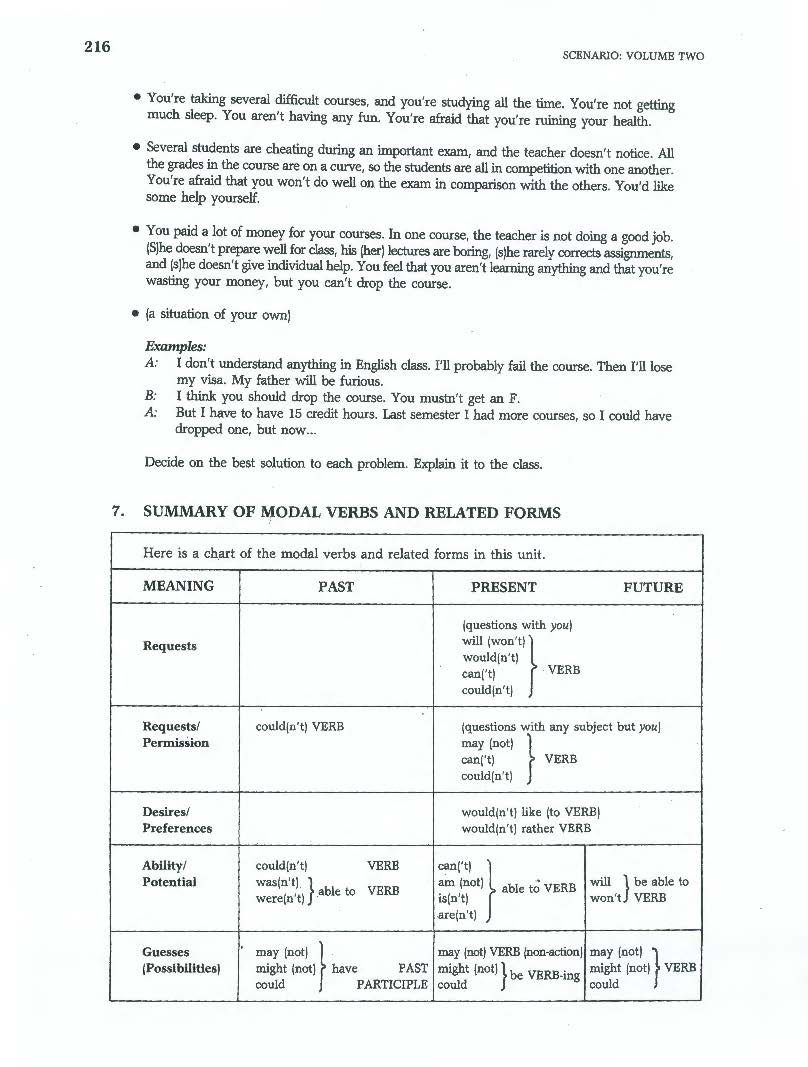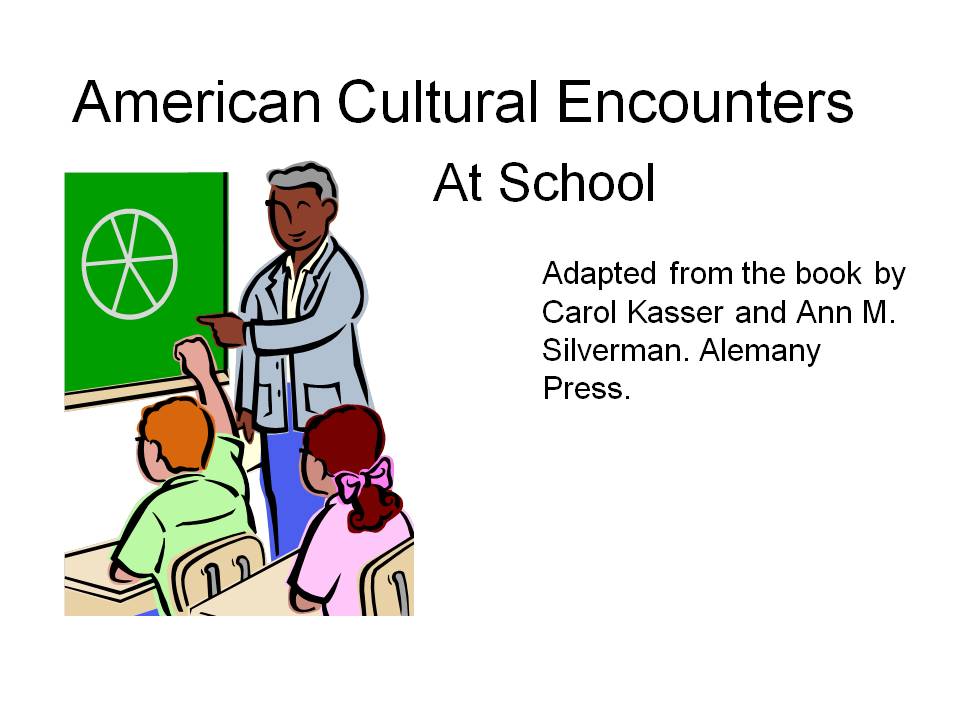1
/
of
5
Work/Life English
D-06.10 Use Simple & Complex Modal Verbs & Related Forms at All Levels
D-06.10 Use Simple & Complex Modal Verbs & Related Forms at All Levels
Regular price
$6.00 USD
Regular price
Sale price
$6.00 USD
Unit price
/
per
Unit 15 (Modal Verbs & Related Forms: “The Classroom”) of the Original Scenario, Volume Two: English Grammar in Context, pages 195-220
26 pages
Who It’s For: (Teachers & Helpers of) Intermediate & Above Language Students Seeking Instruction in the Complete Modal-Verb System of English (Accepting of Unpolished Conventional-Looking Materials)
Why It’s Useful: “Serious students of syntax” may want to examine each grammar (sub-) topic or division of subject matter comprehensively—so that they can analyze all applicable points in relation to one another. At various levels of difficulty, Unit 15 of the original Scenario Two purports to present and practice—and assess mastery of—each and every affirmative/negative simple, continuous, and perfect pattern or form of modal-verb phrasing in sentences. It then organizes modals—can/could, will/would, shall/should, may/might, must/had better + equivalencies like have to, ought to, would rather according to their functional meanings (requests, permission, desires/preferences, ability/potential, (im)possibilities/deductions/predictions, promises, hypotheticals, advice/obligation) in future, present, and past time frames. As usual, activity sections progress from comprehension checks to controlled exercises to expressive, communicative tasking. In an age where “novel” is not necessarily beneficial, why not try reverting to the “newness” of the trustworthy.
What You’ll Do:
[1] The page 195 Scenario: The Classroom has a different format: in the design of the Alemany Press American Cultural Encounters, it gives several familiar dilemmas with 5 choices of ways to handle them. True to their grammatical purpose, sentences are “well-stocked” with modal-verb phrasing of various forms, patterns, and meanings.
[2] The following 25 pages follow the usual original Scenario: English Grammar in Context sequence: Comprehension V Explanation V Guided Practice V Expressive Activities in “Talking It Over” “Writing It Down” sections.
Couldn't load pickup availability
